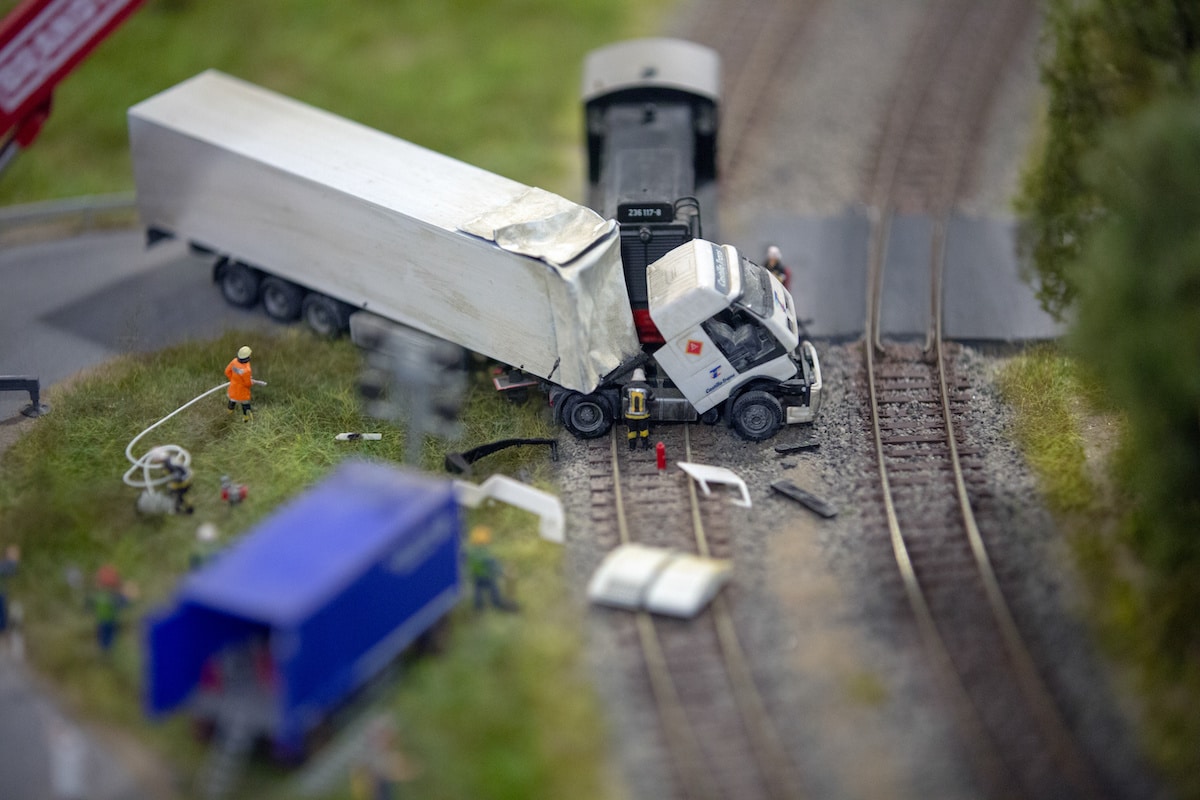Comments made by the Australian Trucking Association yesterday have attracted the ire of the the Rail, Tram and Bus Union.
In a media release ATA Chair David Smith advocated that trains be legally required to have greater visibility through effective lighting to save lives at level crossings.
Smith was releasing the ATA’s comprehensive response to the Office of the National Rail Safety Regulator’s (ONRSR) draft Code of Practice on Level Crossings and Train Visibility.
The code’s voluntary and non-binding nature, according to Smith, is problematic for improving train illumination.
“Accidents at night-time represent a significant proportion of total road deaths, suggesting that decreased visibility plays a significant role in collisions,” Smith said.
“Road users and rail workers are dying, and better lighting on locomotives and wagons, such as flashing beacon lights and side lights could prevent crashes and save lives,” he said.
“The ATA strongly advocates for making lighting and illumination a legal requirement, emphasising that train conspicuity is a critical aspect of level crossing safety.
“Trucks are required by law to meet minimum lighting and illumination standards. There is no reason why trains should not be subject to similar requirements.”
In response to Smith’s comments, the Rail, Tram and Bus Union (RTBU) hit back
It accused the Australian Trucking Association of trying to blame trains for the failure of truck drivers to abide by road rules.
Rail, Tram and Bus Union (RTBU) Assistant National Secretary Shayne Kummerfeld said the ATA’s call for flashing beacons and side-lights on trains to be made compulsory by law was a deliberate distraction from the real causes of level crossing collisions — the failure of drivers to abide by road rules, and the unrealistic pressure on truck drivers from trucking companies.
“Tinkering with lighting on trains will not change the dangerous behaviour of drivers who think they can ‘beat the train’ at a level crossing,” said Kummerfeld.
“The majority of level-crossing incidents occur during daylight hours when road traffic volumes are higher. Adding lights for daytime issues is nonsensical,” he continued.
“Furthermore, trains already have powerful headlights, so adding more lights would not make any positive difference to safety outcomes.
“In fact the RTBU is concerned the measures being promoted by the trucking lobby would be counter-productive to safety, as they would negatively affect visibility for train drivers and track workers.”
The ATA, which represents 60,000 businesses and 200,000 people in the road transport industry, said its ONRSR submission is a testament to its commitment to safety and its advocacy for effective, enforceable regulations that protect all road users and rail workers.
There was an opportunity to be seized by the ONRSR, according to the ATA, to demonstrate the rail industry’s dedication to achieving zero deaths and serious injuries at level crossings.
Kummerfeld, however, said the RTBU was continuing to push for a zero-tolerance approach to level crossing safety.
“We will continue to support improvements to level crossing infrastructure, better driver education, and stronger enforcement of road rules – including the use of fixed and mobile safety cameras and higher penalties for motorists who illegally enter level crossings,” he said.
“Road rules are there for a reason, and everyone must obey them.”
